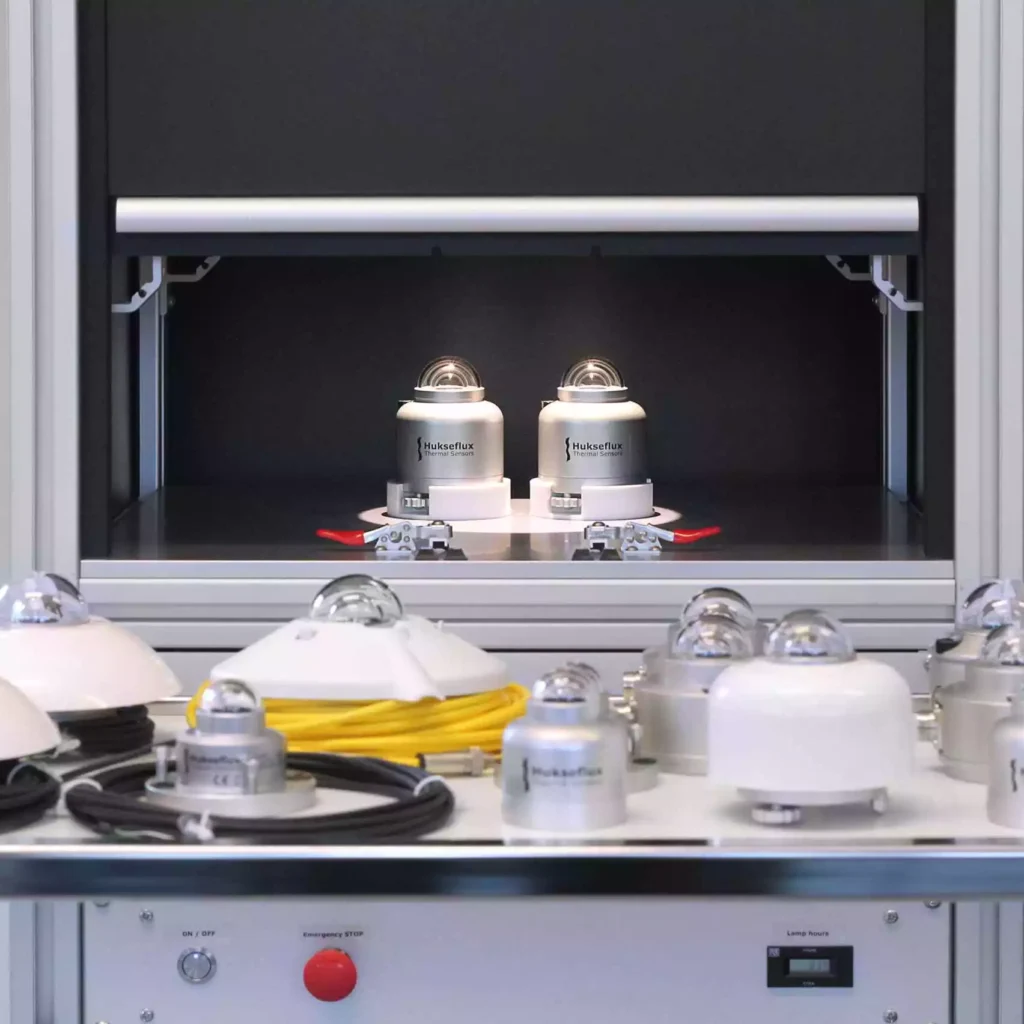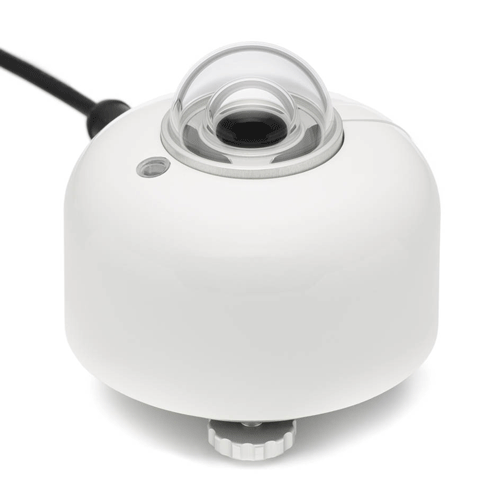Pyranometer Calibration
Introduction
ISO-CAL North America is a one-stop solar radiometer (sensor) calibration service provider offering indoor and outdoor calibration services. ISO-CAL North America is the premier go-to calibration service provider of ISO 9060 thermopile solar irradiance sensors in the U.S., servicing the calibration needs of the climatological, R&D, commercial solar, and utility-scale solar PV power energy industry.

01
The IEC 61724-1 Standard Update
The first edition of IEC 61724-1: Photovoltaic system performance monitoring Guidelines for measurement, data exchange and analysis, dates from 2008. The updated 2017 version of the standard is fundamentally different from the 2008 version. The new scope not only defines the measuring system components and procedures (as in the 2008 version), but it also aims to keep measurement errors within specified limits. In the new standard regular recalibration of pyranometers is a requirement.
02
Why Calibrate a Pyranometer?
Regular calibration is part of quality management for all measuring instruments. Its purpose is to verify measurement of the instrument is stable and if not to correct for this. Pyranometers, due to prolonged exposure to the sun, are not perfectly stable. To attain the high accuracy to monitor PV system performance and degradation, you must frequently recalibrate pyranometers.
Utility scale solar PV power plants commonly employ ISO 9060 spectrally flat Class-A pyranometers to monitor the solar resource (irradiance) at the plane of the solar array. Plant efficiency is calculated by determining the PR (performance ratio) which is expressed as a percentage. The PR value provides a real-world metric of actual PV plant energy output versus the expected theoretical energy output of the plant. A PR analysis interval of 12-months minimum is typical. A quality PR analysis adds value to the plant, as it is an indicator of plant profitability.
03
How Often Should I Calibrate Pyranometers?
Most instrument owners calibrate all their instruments yearly. With pyranometers, a manufacturer like HuksefluxUSA recommends 2 years. IEC recommends either to work with a 1-year interval or to follow the manufacturer’s recommendation. Calibration interval of more than 2 years involves a significant risk. For example, most utility scale PV power plants have multiple pyranometers. They may send 50 % away for calibration in year one, and the other 50 % in year two.
Looking for a pyranometer calibration?
What is a Pyranometer?
Pyranometers are devices that measure the amount of solar radiation, or sunlight, that is received by a surface. They are commonly used in a variety of applications, including solar energy production, meteorology, agriculture, and global energy balance studies for the purpose of global climate change research. In this article, we will cover everything you need to know about pyranometers, including how they work, different types available, applications, advantages and disadvantages, calibration, accuracy and precision, standards and guidelines, maintenance and storage, environmental effects, cost, and lead time.

ISO 9060:2018 Spectrally Flat Class
The SR30-M2-D1 pyranometer for example is an “ISO 9060:2018 spectrally flat Class-A” compliant pyranometer (i.e. highest performance class).
- ISO 9060:2018 spectrally flat Class-A model pyranometer (best performance class / research grade)
- ISO 9060:2018 spectrally flat Class-B model pyranometer (moderate performance class / standard meteorological measurement grade)
- ISO 9060:2018 spectrally flat Class-C model pyranometer (economy performance class / general purpose routine measurement for moderate performance environments)
HuksefluxUSA offers both digital and analog model pyranometers which comply with each of the above ISO 9060:2018 performance classes. You must also consider what output signal type/conditioning is compatible for use with your DAS (datalogger) platform. Below are the various output signal types available across the entire Hukseflux pyranometer range.
- Millivolt output signal, 0 – 50 mV range nominal (Note: pyranometer is passive, no external DC power required)
- Powered current loop signal, 4 – 20 mA output range scaled from 0 – 1600 W/m² (Note: external DC power required to power the pyranometer)
- 0 – 1 DC signal output scaled from 0 – 1600 W/m² max signal range (Note: external power required to power the pyranometer, only available for the SR05-D1A3 Class-C model)
- Digital serial communication, RS485 / Modbus COM protocol (Note: external power required to power the pyranometer, available for Class-A, Class-B and Class-C models)


